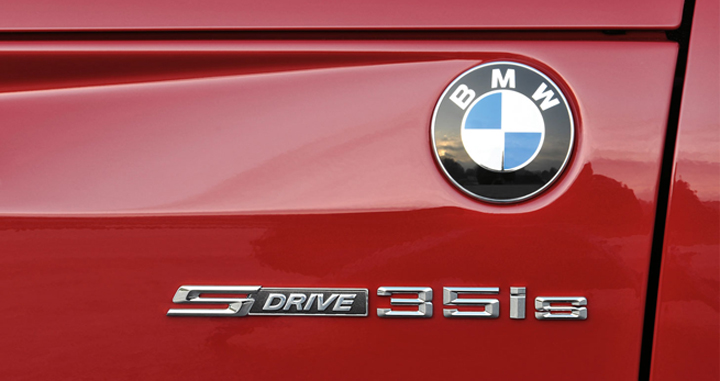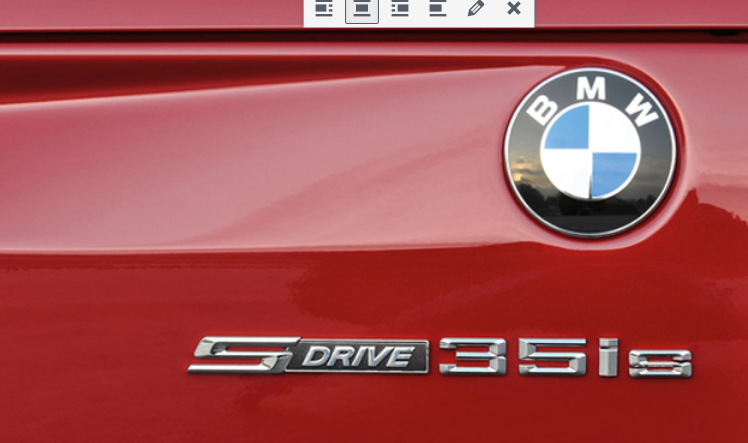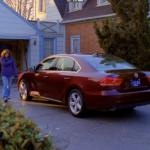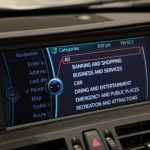
Maybe it’s just me, but carmakers increasingly are naming their products in ways that are confusing, cumbersome, unimaginative, and/or misleading. BMW manages to be a prime offender, but other manufacturers have much to answer for, too.
Confusing Car Names
Exhibit A: “BMW Z4 sDrive 2.8i.” Just rolls off the tongue, doesn’t it? I can understand why Munich would want to highlight models with its all-wheel xDrive, but why call out plain old rear-drive (sDrive)? And xDrive could be signaled more simply with just a 4 or X. Okay, so “Z4 2.8i 4” might seem to mimic Porsche practice—e.g., 911 Carrera 4S—but it has the virtue of brevity. My suggestion also eliminates the numbing clumsiness of “X5 xDrive 50i.”

Exhibit B: What’s the difference between a Jaguar XJ and Jaguar XK? If you had to think about that for more than five seconds—or, worse, if you had to look it up (on Consumer Guide Auto’s main site, we hope)—something is wrong. But not with you. I’ve had conversations with fellow automotive journalists in which we somehow kept saying Jaguar XJ when we meant Jaguar XK. Or was it vice-versa? No wonder Jag is said to be working on new model-line nomenclature, though I wonder if it will be any clearer or more memorable.
Such nonsense confirms my longtime view of marketing as a black art, no matter how much “science” supposedly goes into it. Fortunately for automakers and car buyers everywhere, I have just appointed myself King of Automotive Naming Schemes—call me “KANS”—and, with apologies to Bill Maher, I hereby decree several New Rules:
1. There will be a 10-year moratorium on the use of the i prefix for the name of any new vehicle, vehicle feature, or consumer electronic device. Jeez, we have iMac, iPod, iPhone, iPad, BMW iDrive, the Mitsubishi i electric car—i, yi, yi! Surely all these high-paid branding brains can come up with something more original than i this and i that. If they can’t, they ought to be fired.
LTS? CT6? 5 Better Names for Cadillacs New Flagship
Memo to Hyundai Motor America: Please resist the i infection that plagues your parent company’s European lineup of i10, i20, i30, i40, ad nauseum. Your sales must surely benefit from using pleasant, memorable model names (Accent, Elantra, Sonata etc.)—except for Veloster. I don’t like that one because it requires explaining, and any brand name that needs explaining is not a good choice. Trust me.
2. There will also be a 10-year ban on freestanding two- and three-character model names except for those already associated with truly outstanding products such as (Acura) NSX, (BMW) M3, or (Corvette) ZR1. We simply must put an end to inane labeling like Lincoln’s, where everything is an MK. (Quick: What’s the difference between an MKT and MKS?) Or Cadillac’s alphabet soup of ATS, CTS, XTS, and SRX. But wait! Cadillac still has the Escalade. Ha! You know why marketers hang on to that? Because nobody can keep look-alike letter combos straight, and Escalade still enjoys a huge street-cool factor as “The ’Slade.” What General Motors genius decided to abandon romantic and memorable Cadillac monikers like Eldorado and Seville? Oh, right. Letter names are supposedly easier to sell. Pishtwaddle!
3. Henceforth, manufacturers whose model names reference engine size will use numbers that actually do indicate engine size, not larger numbers to imply that something bigger lurks under the hood. For example, time was when the BMW 640 had a 4.0-liter engine and the 650 had a 5.0-liter. No more. Today’s 640 is powered by a 3.0-liter twin-turbo 6, the 650 a 4.4-liter twin-turbo V8. This strikes me as not only deceptive advertising but a deliberate attempt to make it difficult for future historians to describe year-to-year model changes. Mercedes-Benz is just as bad.
4. From here on, all model and feature names will employ correct punctuation and capitalization. No more Mazda6, VW up!, or Ferrari f12berlinetta. No more GM eAssist. No more cutesiness inspired by texting shortcuts. Sorry, marketers, but if a name can’t do its job without violating accepted typographic rules, think of something else. Young Americans already have trouble writing intelligibly. Don’t U C?
5. Last and maybe least, crossover will be immediately stricken from the automotive lexicon as totally meaningless. A car-based SUV isn’t “crossing over” from anything. It’s a car with a different, high-profile body that’s typically shaped like a traditional station wagon (sometimes a hatchback). Yeah, “wagon” is the supposed kiss of death for sales, but a wagon by any another name is still a wagon (or hatchback). C’mon, marketers. Show some guts and tell the truth. And if you can’t do that, give your “wagon” an arty name like Audi does with Avant—or Chevy did with the mid-1950s Nomad.
Okay, marketers, I’ve had my fun and you’re all good sports. You may now return to doing the crazy stuff you always do. Just remember: “KANS” is watching.
Really Long Car-Model Names: 5 Seriously Polysyllabic Monikers



